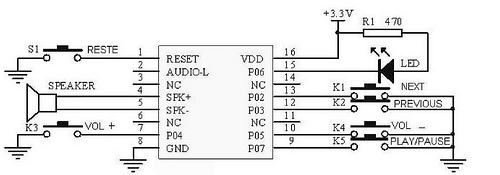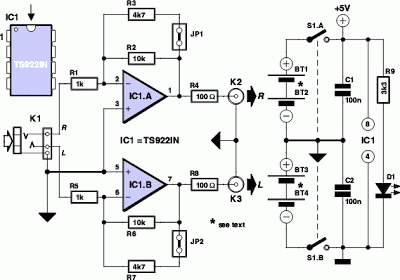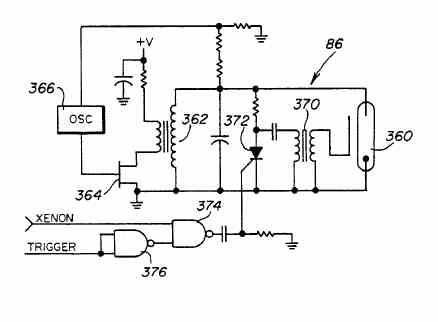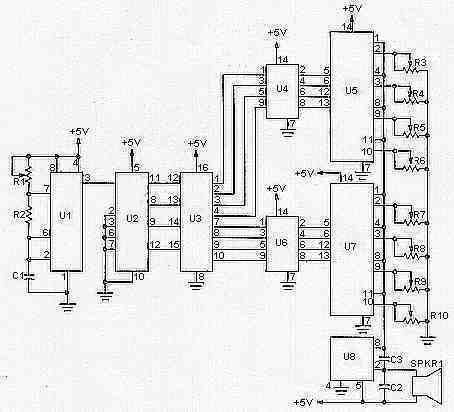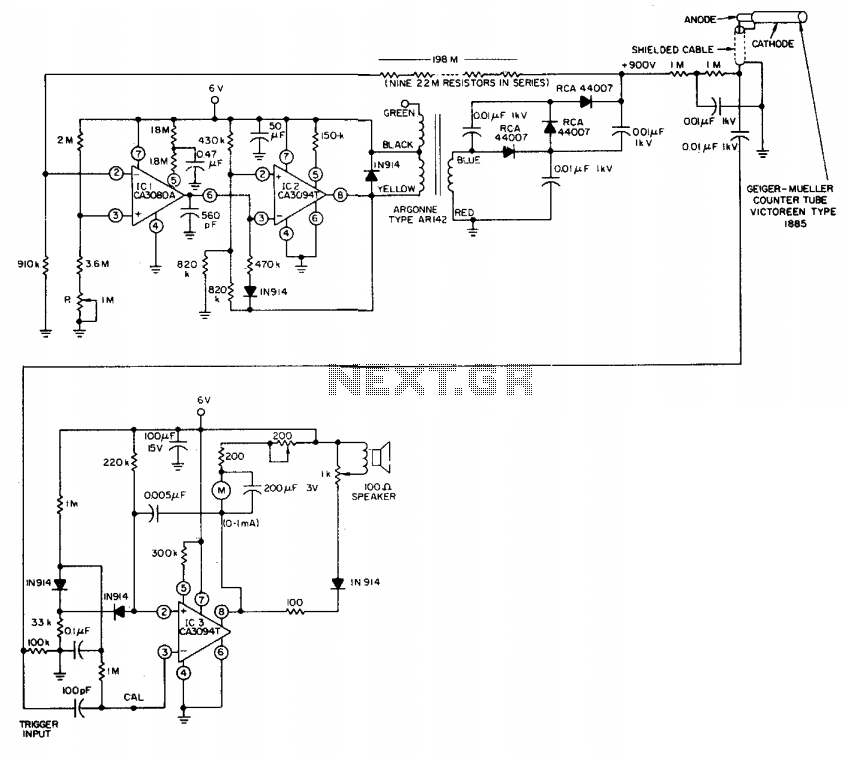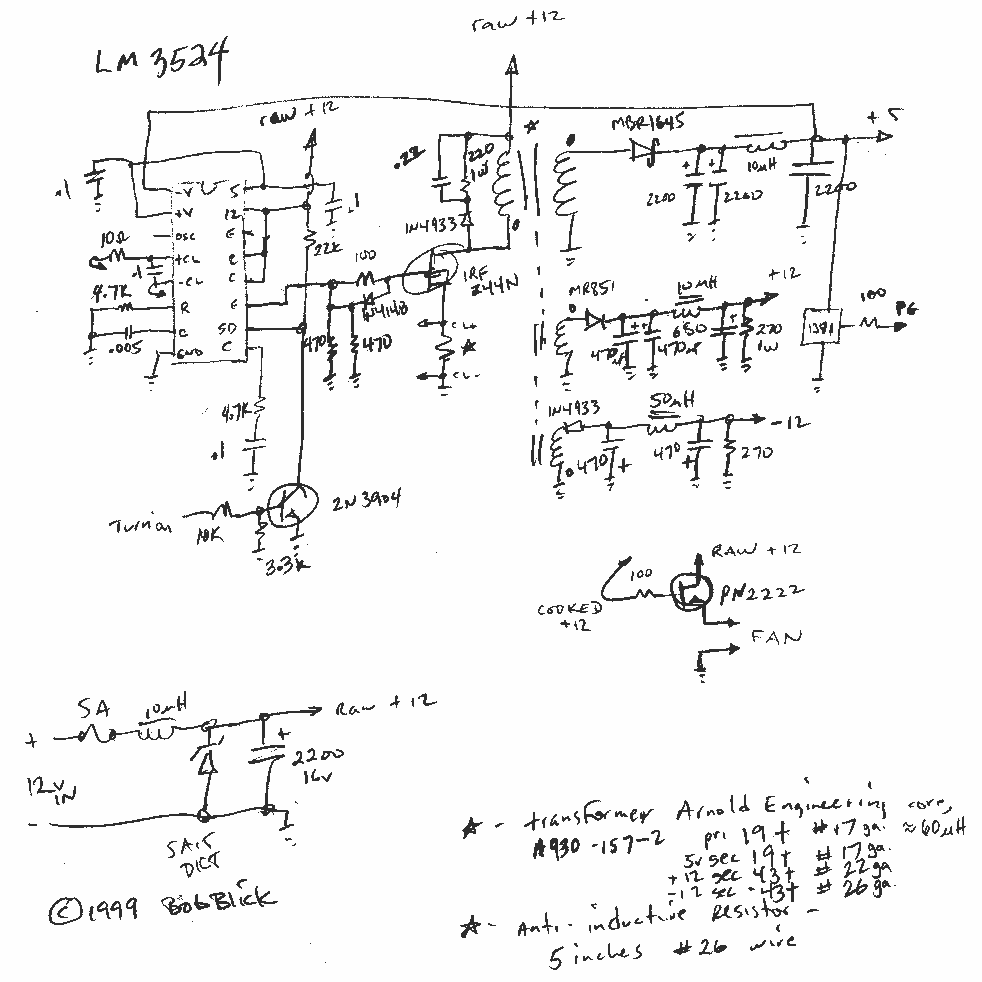
Pocket-Sized MP3 player

The MP3 player is a new kind of portable audio player. It will be shipped simultaneously from many audio makers in the early part of 2000, and will start a new generation of portable audio. I have omitted a general description of the MP3 player and format because it is public knowledge.
The MP3 player is an electronic device designed to playback digital audio files, specifically in the MP3 format, which compresses audio data to reduce file size while maintaining sound quality. The typical architecture of an MP3 player includes several key components: a microcontroller, memory storage, audio codec, digital-to-analog converter (DAC), power supply, and user interface elements.
The microcontroller serves as the central processing unit, managing the playback functions, decoding MP3 files, and interfacing with other components. It typically communicates with memory storage, which can be either flash memory or SD cards, to store audio files. The audio codec is responsible for encoding and decoding audio data, converting compressed MP3 files into a format suitable for playback.
The digital-to-analog converter (DAC) converts the digital audio signals into analog signals that can be amplified and sent to speakers or headphones. The power supply, often a rechargeable lithium-ion battery, provides the necessary energy for operation. User interface components include buttons, a display screen, and possibly touch controls, allowing users to navigate through their audio library and control playback.
The schematic design of an MP3 player will include power management circuitry to ensure efficient battery usage, as well as audio output paths that minimize interference and maximize sound quality. Additionally, the design may integrate features such as equalization, volume control, and possibly Bluetooth connectivity for wireless audio streaming. Overall, the MP3 player represents a significant advancement in portable audio technology, combining compact design with sophisticated digital processing capabilities.The MP3 player is a new kind of portable audio player. It will be shipped simultaneously from many audio makers in the early part of 2000, and will start a new generation of portable audio. I have omitted a general description of the MP3 player and format because it is public knowledge. 🔗 External reference
The MP3 player is an electronic device designed to playback digital audio files, specifically in the MP3 format, which compresses audio data to reduce file size while maintaining sound quality. The typical architecture of an MP3 player includes several key components: a microcontroller, memory storage, audio codec, digital-to-analog converter (DAC), power supply, and user interface elements.
The microcontroller serves as the central processing unit, managing the playback functions, decoding MP3 files, and interfacing with other components. It typically communicates with memory storage, which can be either flash memory or SD cards, to store audio files. The audio codec is responsible for encoding and decoding audio data, converting compressed MP3 files into a format suitable for playback.
The digital-to-analog converter (DAC) converts the digital audio signals into analog signals that can be amplified and sent to speakers or headphones. The power supply, often a rechargeable lithium-ion battery, provides the necessary energy for operation. User interface components include buttons, a display screen, and possibly touch controls, allowing users to navigate through their audio library and control playback.
The schematic design of an MP3 player will include power management circuitry to ensure efficient battery usage, as well as audio output paths that minimize interference and maximize sound quality. Additionally, the design may integrate features such as equalization, volume control, and possibly Bluetooth connectivity for wireless audio streaming. Overall, the MP3 player represents a significant advancement in portable audio technology, combining compact design with sophisticated digital processing capabilities.The MP3 player is a new kind of portable audio player. It will be shipped simultaneously from many audio makers in the early part of 2000, and will start a new generation of portable audio. I have omitted a general description of the MP3 player and format because it is public knowledge. 🔗 External reference
